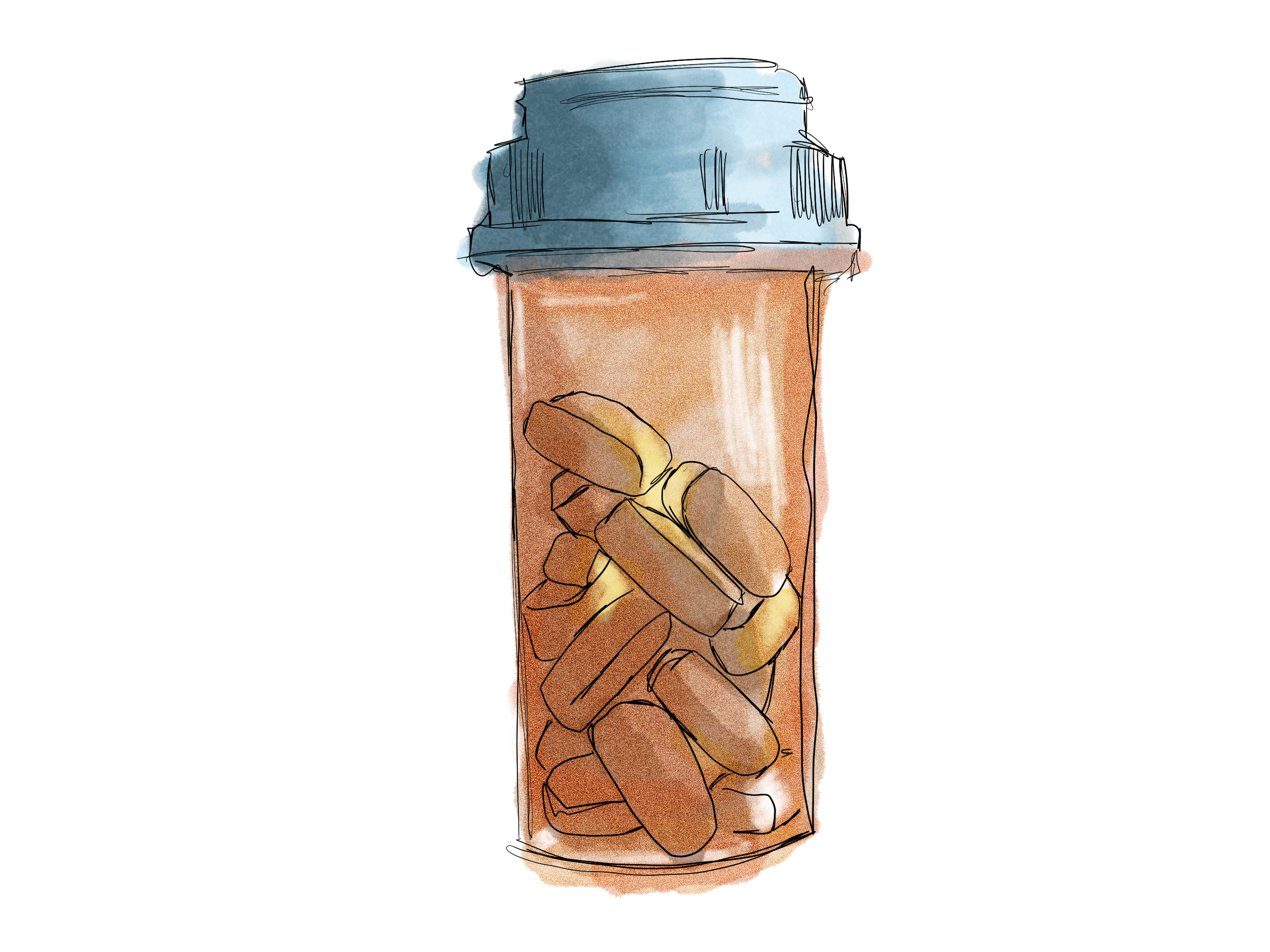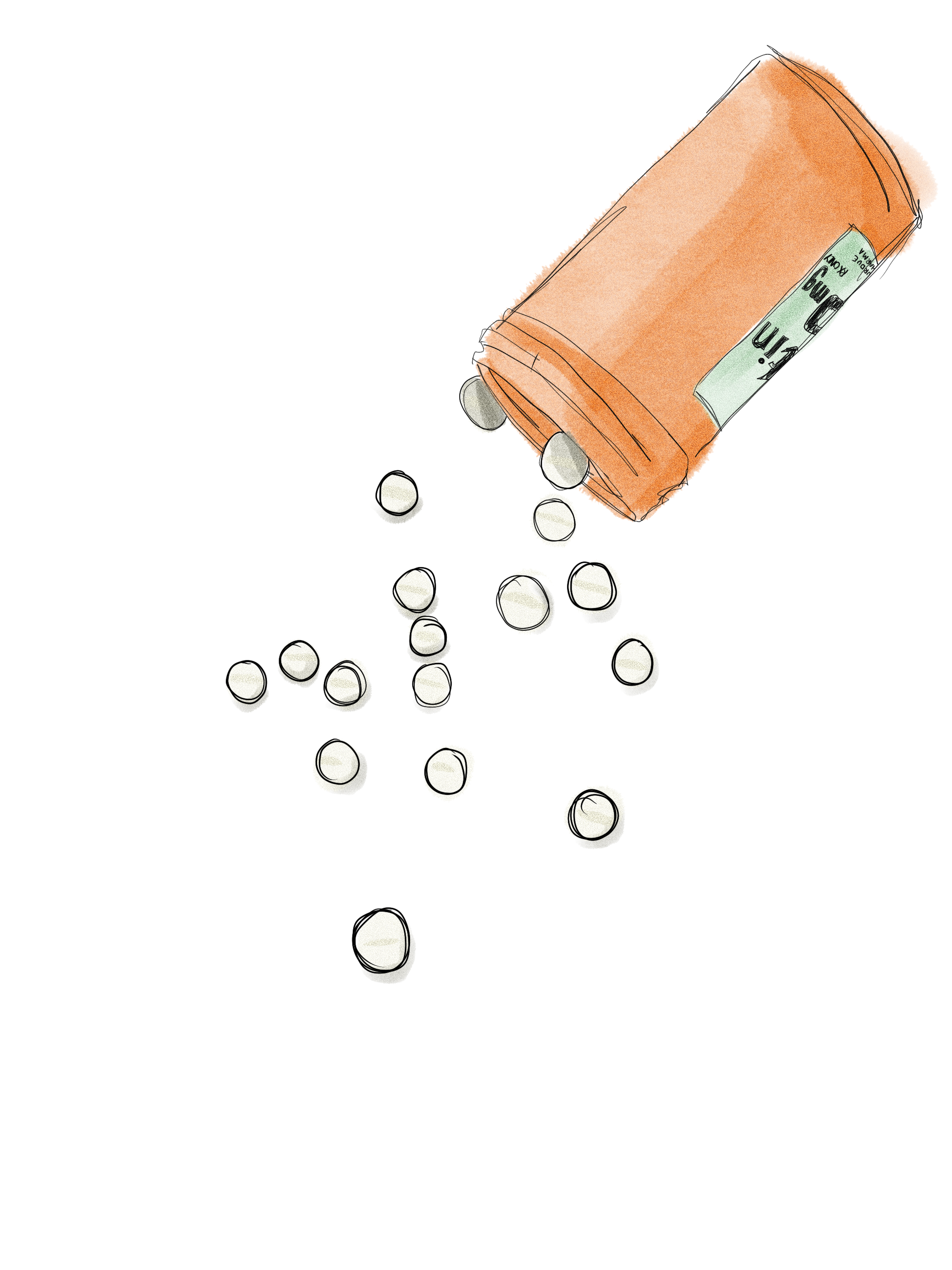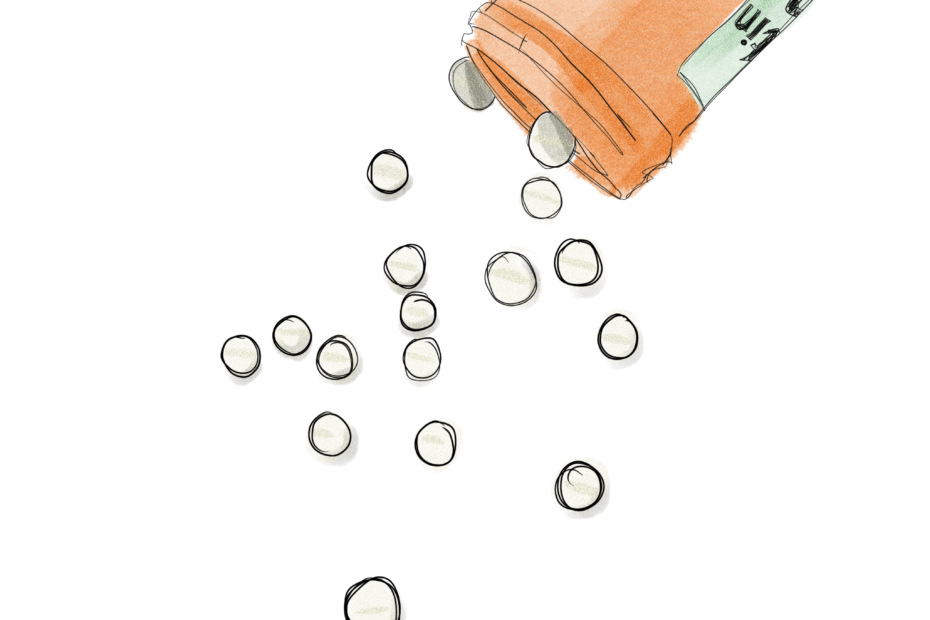Purdue Pharma began production of OxyContin – the largest contributor to opioid addiction globally – in 1995, pushing the use of the drug for a wider range of ailments than ever before as pain relief medication. Executives at Purdue Pharma continued to assert throughout the years that OxyContin led to addiction in fewer than one percent of patients, increasing widespread willingness to prescribe the drug and assuaging previous concerns concerning addictive pain medication. Most importantly, Purdue Pharma enacted one of the most relentless marketing campaigns for an opioid drug ever, essentially manipulating healthcare professionals into over-prescribing the medication, and misleading both healthcare professionals and the general public about the true nature of the drug. Since then, over 3,000 cases have been brought against Purdue Pharma from public and private claimants, with over 47 American states suing the company, 29 of which specifically name the Sackler family as defendants.
While the opioid epidemic continues to ravage communities, the Sackler family remains one of the richest families in the world, with a September 1 bankruptcy settlement absolving them from any long-term blame or accountability for their role in the crisis. The settlement, approved by federal Judge Robert Drain, grants immunity to the Sackler family in any future opioid-related lawsuits, while simultaneously marketing meagre payouts for those affected as a “solution” to the years of pain and suffering the family has caused. While it may seem as though one of America’s richest families has narrowly avoided prosecution, the Sacklers have spent more than a quarter of a century profiting from opioid addiction and deaths – all while keeping themselves at an arm’s length from legal matters concerning the drug and Purdue Pharma. At the end of it all, the Sacklers will still remain one of America’s wealthiest families. This begs the question: how did they manage that?
It is crucial to note that the Sackler family’s ability to absolve themselves of any blame and responsibility in the opioid crisis is not a last-minute stroke of luck. Rather, it is the success of years of calculated manoeuvres that set the family up for long-term financial security and minimal legal accountability. The three most central figures in the family are Arthur, Mortimer and Raymond Sackler, who bought pharmaceutical company Purdue-Frederick in 1952. While Mortimer and Raymond took responsibility for Purdue itself, Arthur became the biggest name in the new field of medical advertising. This connection would be a key foundation for the massive amounts of marketing that Purdue Pharma would go on to do for OxyContin. While Arthur Sackler died in 1987 and OxyContin production did not start until 1995, his widow Jillian’s claims that he should be removed from any discussion of the opioid crisis are purposely ignorant of his contributions to Purdue’s investment in medical advertising. “Where his brothers built their reputation manufacturing and selling pharmaceuticals, Arthur Sackler gained his business renown by promoting them,” Christopher Rowland writes in The Washington Post.
While the opiod epidemic continues to ravage communities, the Sackler family remains one of richest families in the world.
This is the cornerstone of Purdue Pharma’s identity: relentless advertising and marketing to healthcare professionals. Arthur Sackler helped build that identity by becoming a leading expert in the field of medical advertising, while Raymond and Mortimer Sackler used their clinical expertise alongside this foundation to launch OxyContin into the big leagues of prescription pain medication. Though Arthur died before the release of the drug itself, he was no doubt a key contributor to the corporate culture of malicious over-advertising for profit. Jillian Sackler’s desire to protect her late husband’s name is a subtle yet downright offensive way of overwriting the ways in which the Sackler family has organized to protect their financial interests from the very beginning of their business ventures.
It is the precedent of overzealous marketing to healthcare professionals that really launched the opioid epidemic in the late ‘90s and early 2000s. Between 1996 and 2001, Purdue hosted over 5,000 pharmacists, physicians and nurses in attractive, all-expenses-paid symposiums, where healthcare professionals were trained liberally in the benefits of prescribing OxyContin. These symposiums, held often in “popular sunbelt vacation sites,” played an active role in healthcare professionals’ willingness to over prescribe medication. While most clinicians who attended these symposiums believed that enticing trips “would not alter their prescribing patterns,” researchers Orlowski and Wateska have compiled data to prove the contrary, arguing that attending events such as these leads to “a significant increase in the prescribing patterns” of the drugs being discussed during the conference.
Another incredibly sinister aspect of Purdue Pharma’s marketing scheme regarding OxyContin was its abuse of data from physicians around the US in order to concretely target certain communities. Using physician data, executives were able to identify which doctors prescribed the most opioids, then target those clinicians with more advertising. While Purdue Pharma and Sackler family members claim this was to identify “physicians with large numbers of chronic pain patients,” the database also identifies “which physicians were simply the most frequent prescribers of opioids and, in some cases, the least discriminate prescribers.” Ultimately, Purdue weaponised large amounts of physical health data to maximise their sales reach, with no real regard for the patients at the centre of it all.

The other factors that increased OxyContin sales in terms of marketing were a “lucrative bonus system” for sales representatives, a patient coupon program for a free month-long prescription of the medication, and the distribution of promotional items. While the average sales representative’s salary for the company in 2001 was US $55,000, Purdue was paying out an average bonus of $71,500, with a cumulative $40 million paid out in bonuses to sales reps in that year alone, blatantly displaying the company’s impetus to keep their sales reps selling vast quantities of OxyContin. The message that OxyContin had a “less than one per cent risk of addiction,” a statistic based on studies that have since been disputed, was disseminated across the country through sales representatives. The coupon program allowed for patients to receive a free prescription of OxyContin for a full month, and when the program was ended in 2001, over 34,000 coupons had been redeemed. While it’s not uncommon for pharmaceutical companies to send branded merchandise to doctors, a plethora of stuffed toys, CDs, and clothing hit medical professionals desks, an “unprecedented” level of merchandising for such a medication, according to the Drug Enforcement Administration.
This is nothing short of conscious manipulation of medical professionals for profit, and there is a strong case that Purdue Pharma, and specifically members of the Sackler family, knew the drug to be significantly more addictive and risky than described in their advertising. This level of marketing and manipulation could only happen because of years of medical advertising expertise that was built into the fabric of the company – the groundwork laid by Arthur Sackler serving as the foundation of Purdue’s calculated strategy.
Part of this strategy had to include addressing doctors’ fears concerning opioid prescription, which they had long been told was high-risk and should generally be reserved for end-of-life care. Purdue’s argument was that OxyContin was a different type of medicine than the drugs they had come across before, because it was a sustained-release opioid, in contrast to opiates like morphine, which are immediate-release. The protective coating on OxyContin means that the drug is slowly released into the patient’s system over an extended period of 12 hours. Purdue claimed that this difference reduced the addictive nature of the drug, and made it safer for more widespread consumption than immediate release drugs like morphine. Moreover, they sought to address the issue of ongoing chronic pain, and argued that sustained-release OxyContin was better for managing constant or ongoing pain than immediate-release options. However, the FDA’s medical review officer in 1995 observed that OxyContin did not have a significant benefit for patients, and that similar results were achieved with immediate-release oxycodone.
Purdue Pharma made OxyContin seem like a lifeline for sufferers of chronic pain. A drug that would allow relief for 12 full hours, longer than most other competitors, and only two pills to take per day, which would provide, according to Purdue, “smooth and sustained pain control all day and all night.” With Purdue Pharma continually claiming that the drug carried only a one per cent risk of addiction, it seemed like a medical miracle for individuals who had previously found no solutions for their pain conditions.
However, for most patients, internal Purdue documents have shown that the drug, for many people, did not offer 12 hour relief. Instead, individuals began to experience withdrawals during the interim period between pills, experiencing “body aches, nausea, anxiety and other symptoms of withdrawal.” This suggests that the higher dose extended release pill was releasing the dose quicker than desired, essentially rendering the “extended release” function of the drug useless and sending patients into withdrawal. An LA Times investigation into this 12 hour problem noted that “when the agony is relieved by the next dose, it creates a cycle of pain and euphoria that fosters addiction.”
This is nothing short of conscious manipulation of medical professionals for profit, and there is a strong case that Purdue Pharma […] knew the drug to be significantly more addictive and risky than described in their advertising.

Purdue had created the perfect storm for an epidemic of addiction, and their executives, including members of the Sackler family, have been quick to deny any intent in this respect, claiming that they had no role to play in the opioid epidemic and that their genuine goal was to relieve pain. However, internal documents prove that to be false – in fact, OxyContin was made to replace a previous Purdue product called MS Contin, which was no longer a moneymaker for the company. In a 1990 memo, Purdue scientist Robert Kaiko made it clear that the expiration of MS Contin’s patent would lead to a decrease in revenue for the company: “MS Contin may eventually face serious generic competition.” Therefore, the company was determined to find a new cash flow, but they needed it to stand out from pain medications that other pharmaceutical companies would be releasing – it needed to be different enough from MS Contin that it was considered a brand new “miracle” drug.
Instead of demonstrating any care for sufferers of chronic pain, Purdue Pharma was entirely finance and profit-oriented. Chief executive Michael Friedman addressed Kaiko’s concerns: “OxyContin can cure the vulnerability of the […] generic threat and that is why it is so crucial that we devote our fullest efforts now to a successful launch of OxyContin.” Executive meetings were therefore focused on finding a ‘cure’ to the financial threat of Big Pharma competition, not on finding a cure to patients’ chronic pain.
In addition to being purely financially motivated, Purdue Pharma has also been consistently vague about what they did and did not know about OxyContin in the first months and years after the drug’s release. The first trials of OxyContin were in women recovering from surgery in two Puerto Rican hospitals in 1989; these women complained of pain increase in the first eight hours, with half needing more medication before the 12 hour mark. After this clearly inconclusive study, OxyContin was somehow deemed safe, and the drug was approved as a longer-lasting painkiller despite the fact that it had failed to control patients’ pain for the marketed 12 hours.
Moreover, Purdue Pharma knew years before any legal cases that addiction was an issue with their medication, and that they were contributing to widespread abuse of opioids. While the company and many individual Sackler family members have claimed that they knew only years after OxyContin’s release that it was dangerous, internal files from 1996 reveal a different story. Executives knew that pills were being crushed and snorted, with the company’s sales reps using the words “street value,” “crush” and “snort” in 117 notes from visits to medical professionals between 1997 and 1999. The crushing of pills removes the protective film that makes the medication extended release, therefore meaning that individuals were receiving an extremely high dose of medication directly into their bloodstream. Purdue Pharma’s sales representatives clearly acknowledged there was evidence of OxyContin being crushed and snorted; executives’ failure to intervene despite this knowledge leaves the blood of millions on their hands.
Purdue Pharma knew years before any legal cases that addiction was an issue with their medication, and that they were contributing to widespread abuse of opiods.
Purdue Pharma and members of the Sackler family knew what their drug was doing to people sooner than they claimed. The evidence for this is objective, written in internal memos and shared multiple times in court depositions, both in the 2007 case against the company and in the bankruptcy case this year. To see the Sackler family walk away with immunity from all future opioid related lawsuits is evidence of both the court and country’s lack of care for the victims of addiction, and demonstrates an obsession with pandering to the needs of the wealthiest corporations and members of society.
Bankruptcy court was the Sacklers’ way out of the OxyContin crisis, but for hundreds of thousands of individuals and families across America and the world, the crisis leaves permanent irreparable damage to their lives and communities, including the loss of at least 500,000 lives. While the Sacklers made an absolute minimum of $10 billion from the sales of OxyContin, the thousands of people whose lives have been ravaged by the opioid crisis will be unable to sue the Sacklers for the damage done, essentially the last nail in the coffin for seeking any small form of justice. Purdue Pharma and the Sackler family are responsible for what New York’s attorney general, Letitia James, describes as “the taproot of the opioid epidemic;” they have blood on their hands, and they’re getting away with it.

